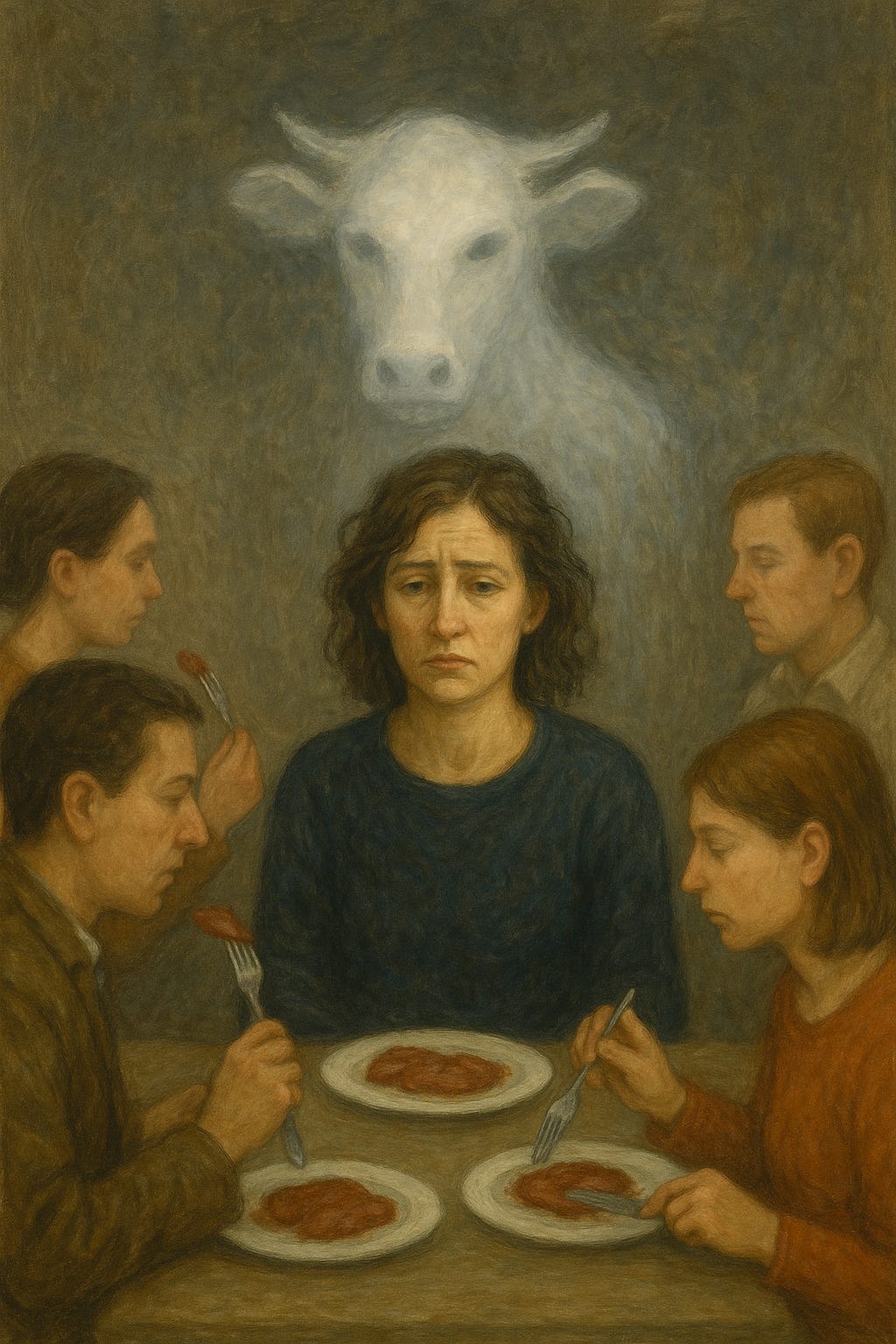Original title: Ethically sourced “spare” human bodies could revolutionize medicine
Human “bodyoids” could reduce animal testing, improve drug development, and alleviate organ shortages.
By Carsten T. Charlesworth, Henry T. Greely, Hiromitsu Nakauchi
Summary
The article proposes the development of human "bodyoids" – human bodies grown from stem cells without neural components that enable consciousness or the ability to feel pain - i.e. without much of a brain at all. They argue that this technology could address critical shortages in medicine by
- providing an unlimited supply of organs for transplantation
- offering more effective models for drug testing than animal studies, and
- potentially eliminating the need for clinical trials that risk harm to patients.
While acknowledging the technical challenges and ethical concerns around human dignity and personhood, the authors suggest that bodyoids could revolutionize medicine by allowing for personalized drug screening, perfect-match organ transplantation, and reduced animal testing. They call for research into the technology's feasibility and proactive discussion about the implications before it becomes a reality, recommending initial exploration with non-human subjects.
Full article here.
Some thoughts
Some of my notes, many reframed by Claude 3.7 and edited by me.
Highest-Impact Applications
No particular order
Disease Research Acceleration
Currently, drug development is extremely inefficient (poor predictive models, many failed drugs), costly (>$1B/successfully developed drug), time-consuming (15+ years from in silico to drug approval), and risk-averse (hard to get investments for new strategies or new indications that don't yet have any approved treatments)
- With non-sentient human models, we could directly test interventions for nearly all non-neurological diseases, potentially accelerating cure development by decades
- This represents an enormous multiplier on existing medical research investments. Costs for drug development could drop 1, potentially 2 orders of magnitude. Time to approval could shorten to a year.
Pandemic Preparedness
- Human bodyoids would enable rapid testing of vaccines, antivirals, and other countermeasures on actual human physiology
- This could reduce pandemic response time from years to months
- May be the single most tractable way to address pandemic tail risk
Suffering-free Animal Agriculture
- Represents a technically simpler first step than human applications while addressing enormous suffering scales
- Could provide proof-of-concept while raising fewer ethical objections
- Most immediately feasible for smaller organisms (shrimp, insects) where consciousness boundaries are already ambiguous
Genetic human enhancement & life extension
- Human bodyoids would provide a safe testing environment to experiment with genetic enhancements to make human bodies healthier and live longer
Moral purity
- Perhaps a niche worry, but I've been concerned that "aligned" AI will find animal experimentation morally acceptable because humans currently find the inflicted suffering worthwhile for human medical advancements. As a consequence, AI (and humans) would generalize and find nonhuman suffering for other reasons also acceptable. Alternatively, a very consistently moral AI with some deontology might stop animal research, slowing down medical advancements. Non-conscious living bodies would be a solution, making experimentation on sentient animals unnecessary
Technical challenges
The technical challenges are very large.
- Developing selective neural engineering that maintains physiological regulation while preventing consciousness
- Creating artificial gestation environments that support not only fetal development, but complete development to "18-year old" mature bodies
- Ensuring system-wide developmental coordination without full neural orchestration
- Validating the absence of consciousness
- Achieving long-term physiological stability without normal neural regulation
However, various intermediate achievements would in themselves be valuable, such as nonhuman animals at a scale for medical research and experimentation, and artificial wombs.
Economic and Funding Dynamics
- Government healthcare systems bear enormous costs for organ failure treatments (~$28B/year in the US for dialysis)
- Despite clear long-term incentives, existing institutional structures are poorly suited to fund paradigm-shifting, weird , and controversial technology with long time-horizons
- Philanthropic funding could play a crucial catalytic role by supporting the foundational research too risky for traditional funding mechanisms. Ideally, government funding and eventually corporate funding would eventually take over
Risks
- Accidentally creating sentient human-like beings. I don't think this is likely, if the research is iterated starting with small animals
- PR risks to EA as "creepy utilitarian heartless crazy people"
Strategic Priorities
1. Technical Foundations: Funding research on minimal neural requirements for physiological maintenance. Majority of the funding.
2. Ethical and regulatory groundwork: Supporting 1-3 top bioethicists to develop frameworks before negative media narratives, similar to GMOs and genetic human enhancement. One of the authors is a bio-ethicist.
3. Public Perception: Developing communication strategies that address the "uncanny valley" reaction most people will experience (even I was initially pretty creeped out by this! Maybe certain changes can be made to make the bodies look less real/human?)
Comparative Advantage for EA
EA is uniquely positioned to fund high-risk, high-reward, weird, and controversial research that falls between institutional funding gaps while navigating the complex ethical terrain with nuance other funders might lack.
The expected value proposition is compelling enough that even a small probability of success warrants serious consideration for targeted funding. I like this research as part of the portfolio of cultured meat, growing individual organs, and genetically modifying farmed animals to reduce their suffering. Not all of these may pay off, but the more varied the strategies, the higher the odds of success.




This is really interesting. I feel like I want to see more surprising ideas, and I think this scores very well in that front.
This doesn't stand out to me as incredibly strong, at this point. But that's often the case for out-there ideas. As such it seems like one of many interesting ideas I'd like to see be investigated/considered further.
Thanks for bringing this up!